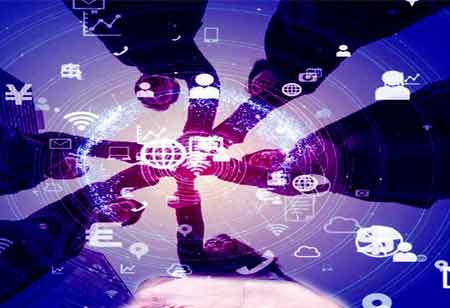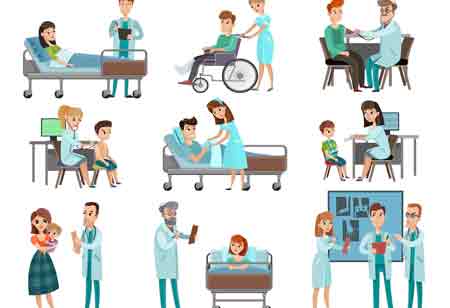Thank you for Subscribing to Business Management Review Weekly Brief
I agree We use cookies on this website to enhance your user experience. By clicking any link on this page you are giving your consent for us to set cookies. More info
The Challenges of Police Surveillance
Governments and private companies have long collected data from civilians, justifying their use with reasons such as national security, economic stability, or other societal concerns.

By
Business Management Review | Monday, January 09, 2023
Stay ahead of the industry with exclusive feature stories on the top companies, expert insights and the latest news delivered straight to your inbox. Subscribe today.

There have been many publicly announced unilateral actions by some companies concerning improving the accuracy of their facial recognition algorithms and the diversity of their training datasets.
FREMONT, CA: Governments and private companies have long collected data from civilians, justifying their use with reasons such as national security, economic stability, or other societal concerns. All individuals will experience these trade-offs differently, and data collection and surveillance have disproportionately affected communities of color.
Law enforcement officers use many technologies for surveillance, including facial recognition.
Facial recognition: Federal and municipal law enforcement officers use facial recognition as a common tool. According to the Government Accountability Office (GAO), about 20 federal agencies will employ police officers using facial recognition in 2021. The Georgetown Law School estimates that about one out of four state and local law enforcement agencies have access to this technology.
Data aggregators and private sector information: Several channels exist for federal, state, and local governments to access corporate data, thanks to the enormous amount of information collected by the private sector. Law enforcement agencies from federal, state, and local jurisdictions issued over 112,000 legal requests for data from January to June 2020 to Apple, Google, Facebook, and Microsoft—a threefold increase compared to five years ago. Approximately 85 percent of these requests were fulfilled, including subpoenas and court orders that didn't require probable cause.
Public-oriented and civilian surveillance: Government surveillance in traditionally public places has become more widespread thanks to technological advancements, raising legal questions about permissible and non-permissible data collection. Approximately 1,000 local police departments fly drones over their communities, according to the Electronic Frontier Foundation and the University of Nevada. According to studies, police departments dispatched drones for over 5,000 civilian calls in March 2021, capturing images of individuals within public areas such as sidewalks and parking lots. Another common police resource is body-worn cameras, which can be an accountability safeguard if they are preserved for extended periods, used for facial recognition, or even published online. They can also be used to capture bystanders in public areas caught on camera.
Surveillance cameras are increasingly prevalent in private homes, restaurants, entertainment venues, and stores. The number of smart security devices worldwide is estimated to reach hundreds of millions, including some that integrate facial recognition technologies, such as Google Nest's Doorbell and Arlo's Essential Wired Video Doorbell.





